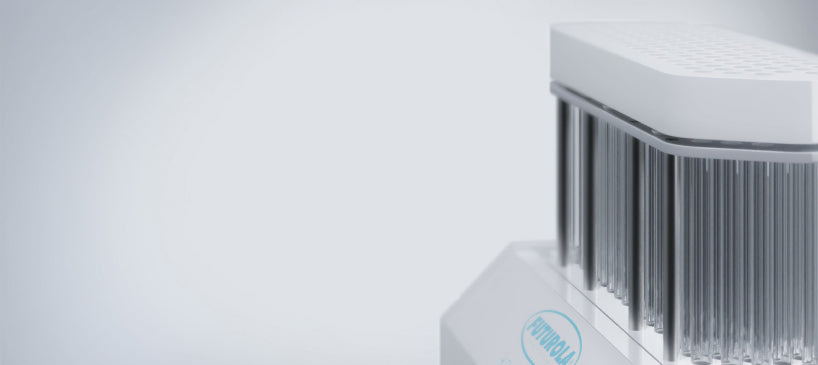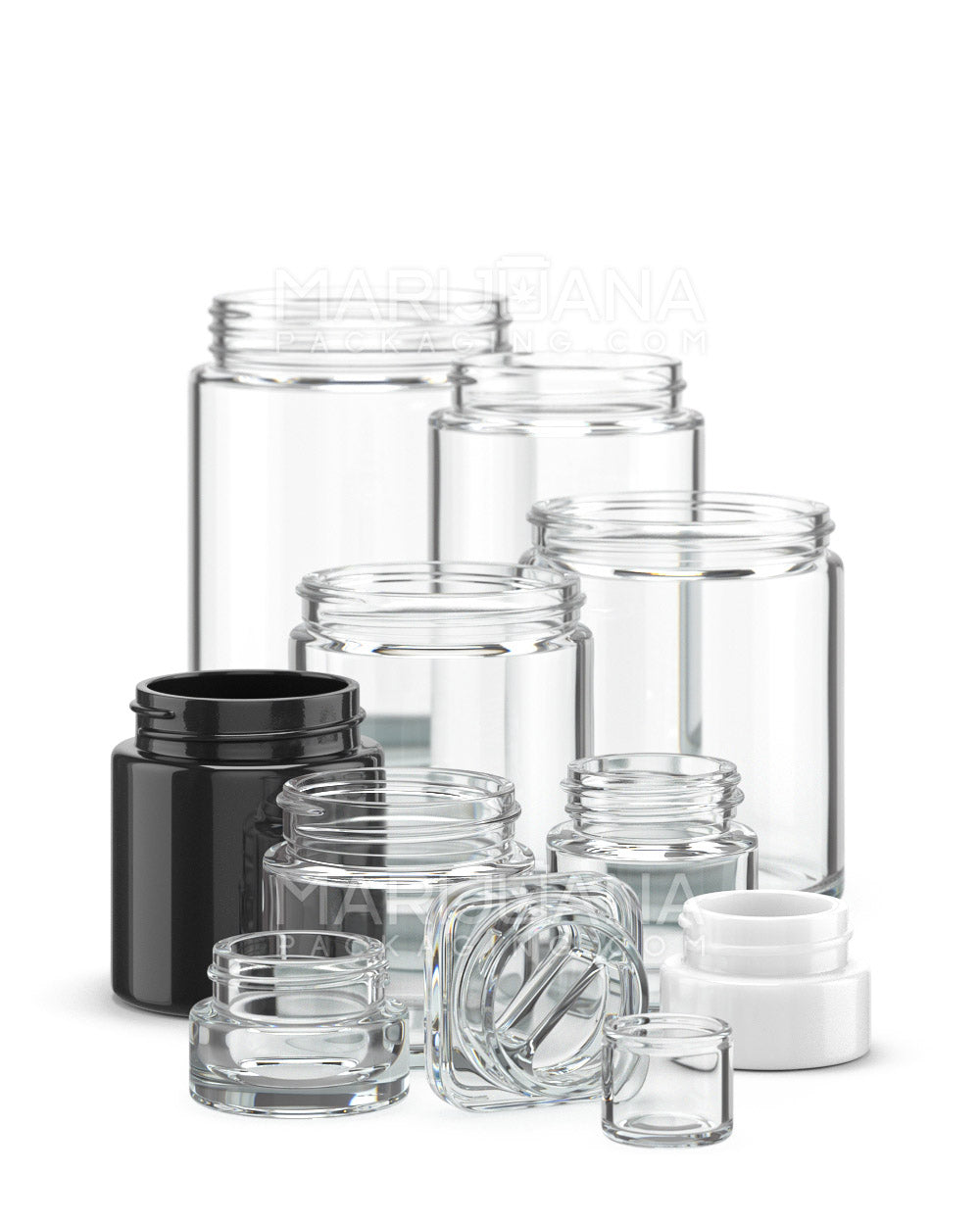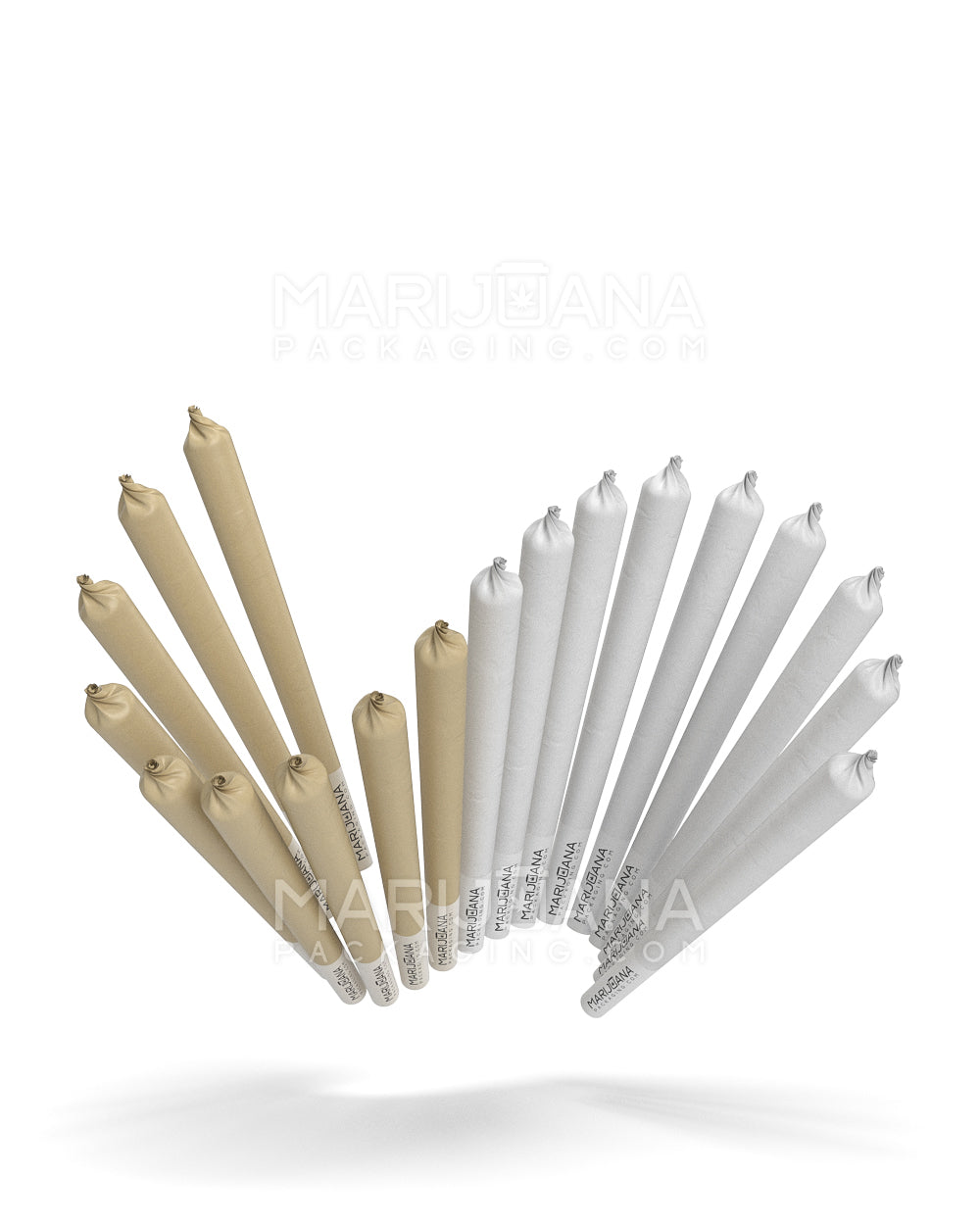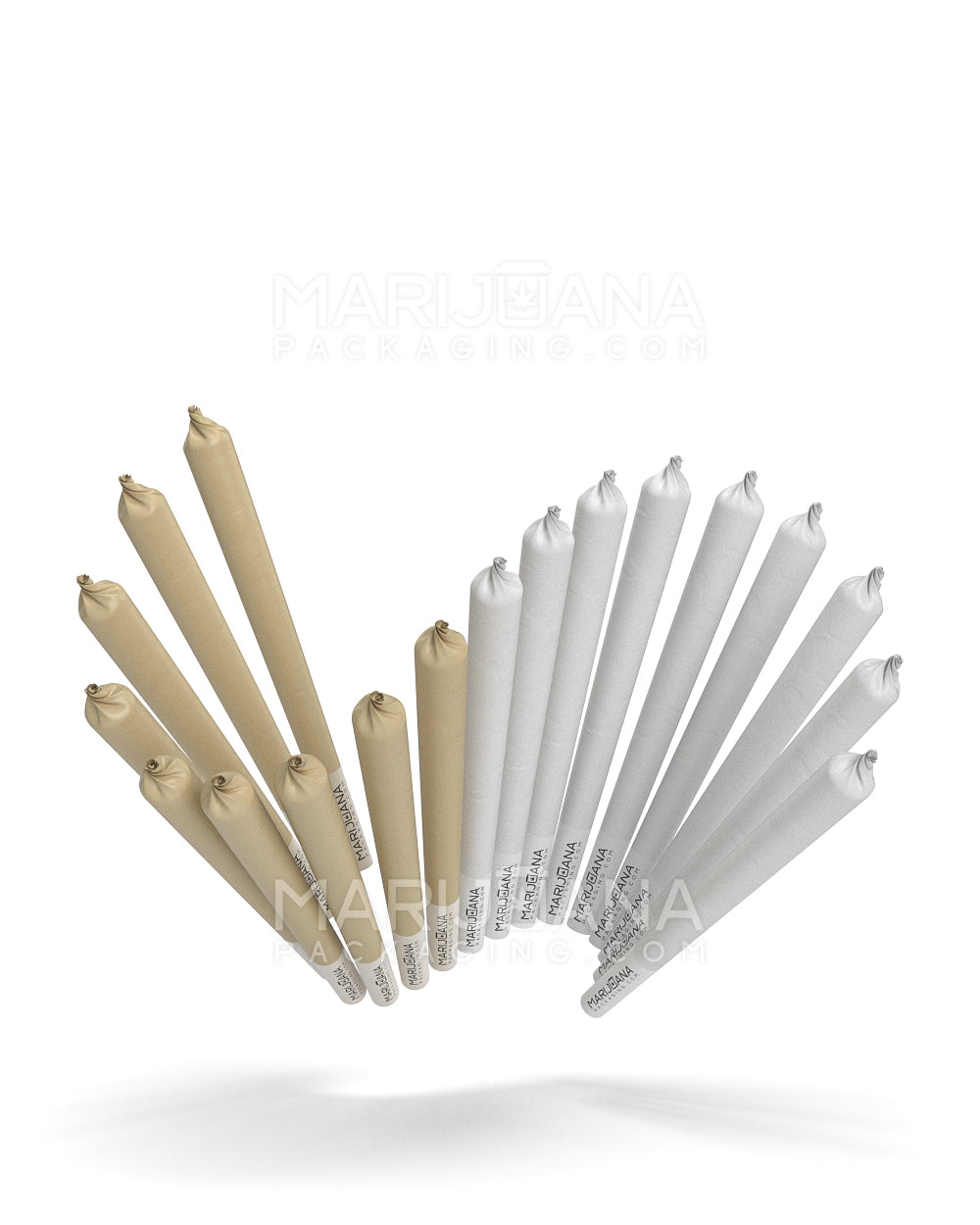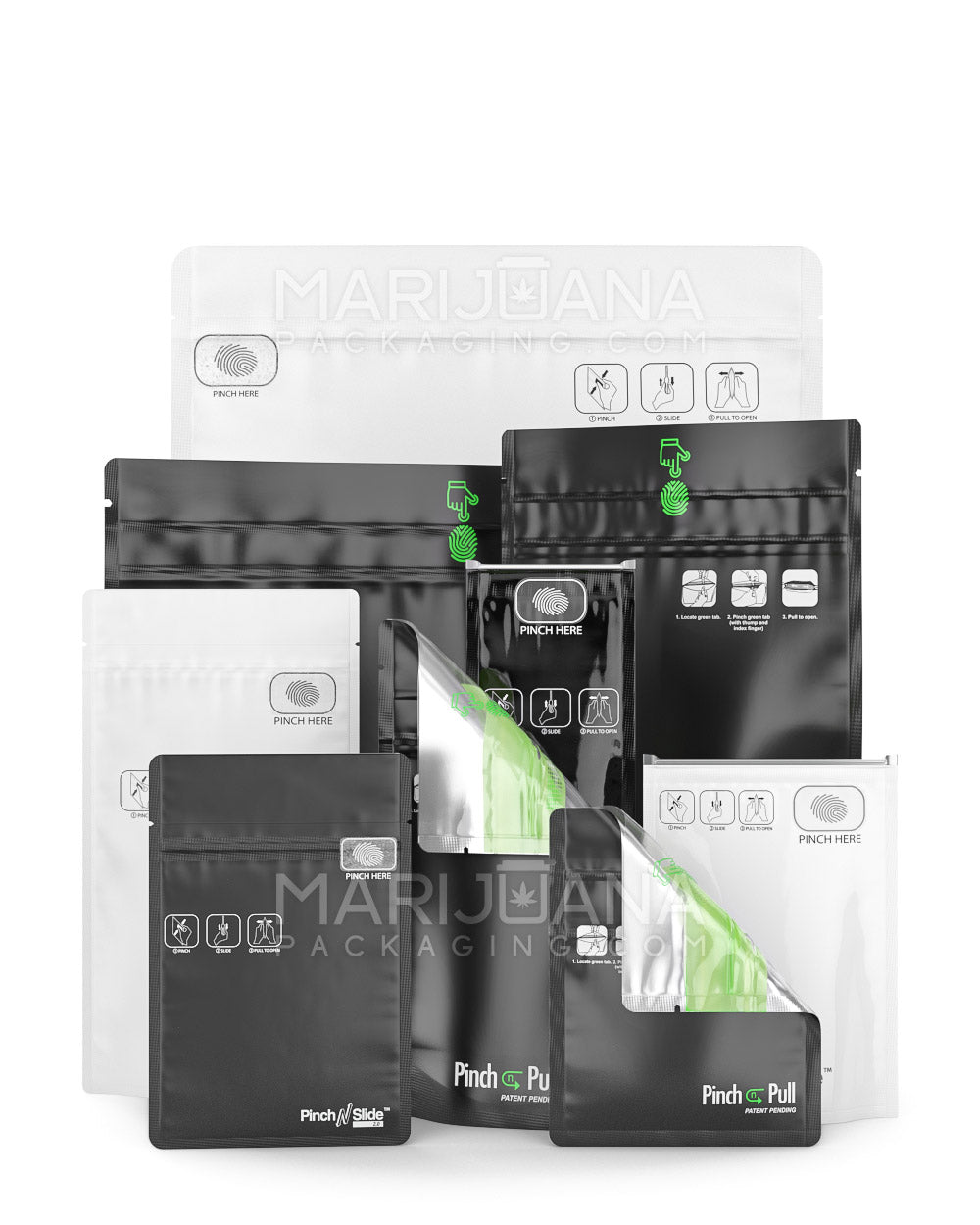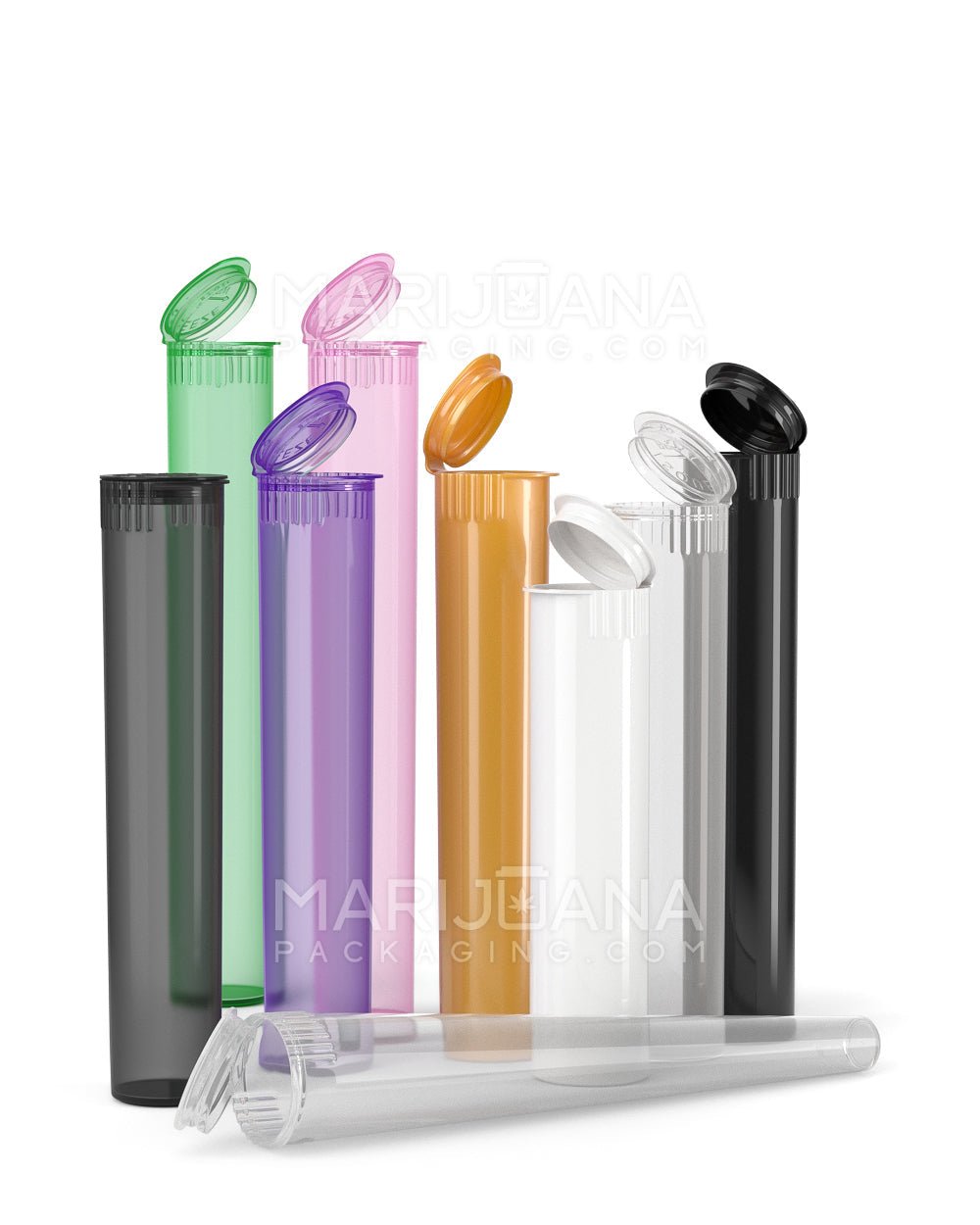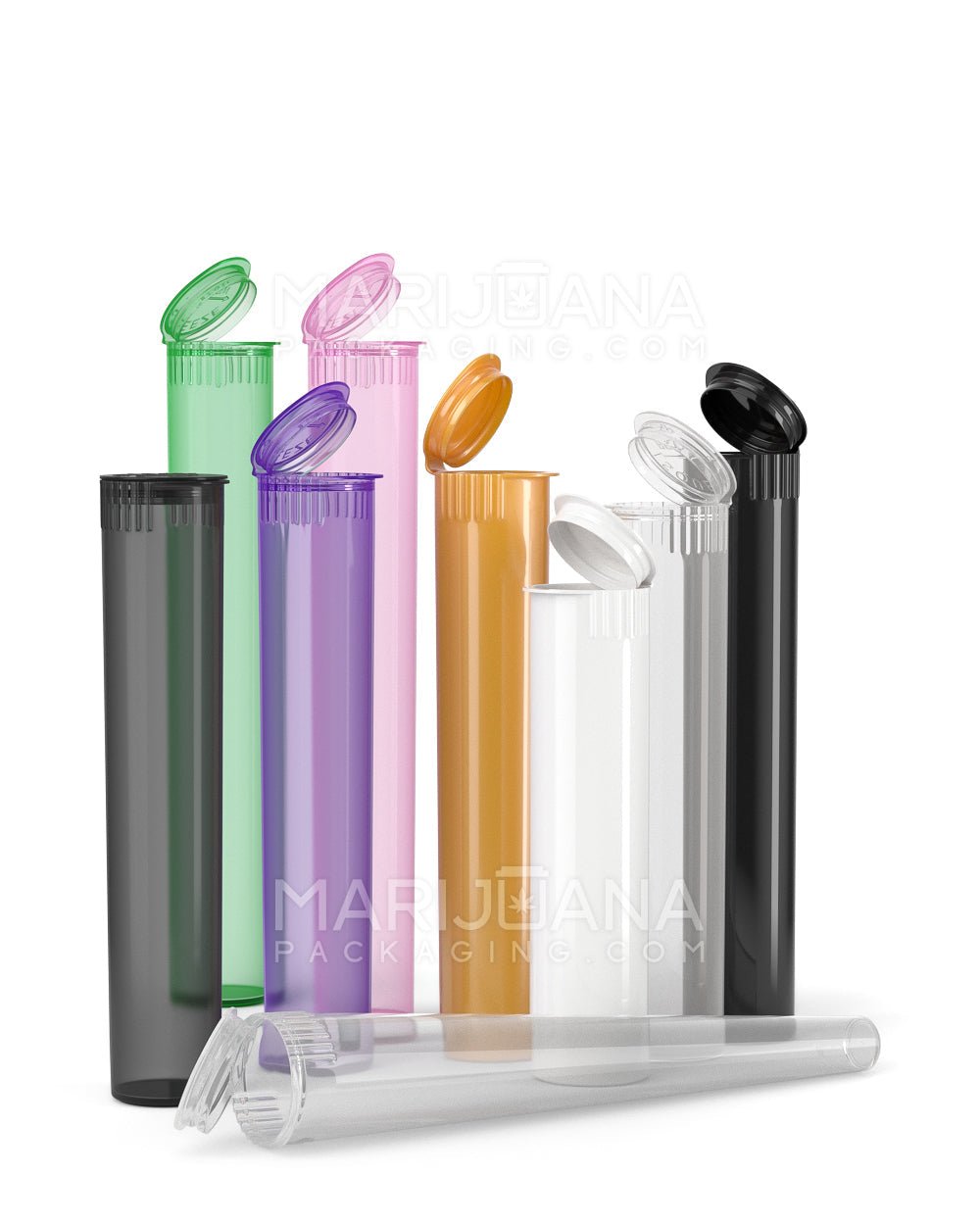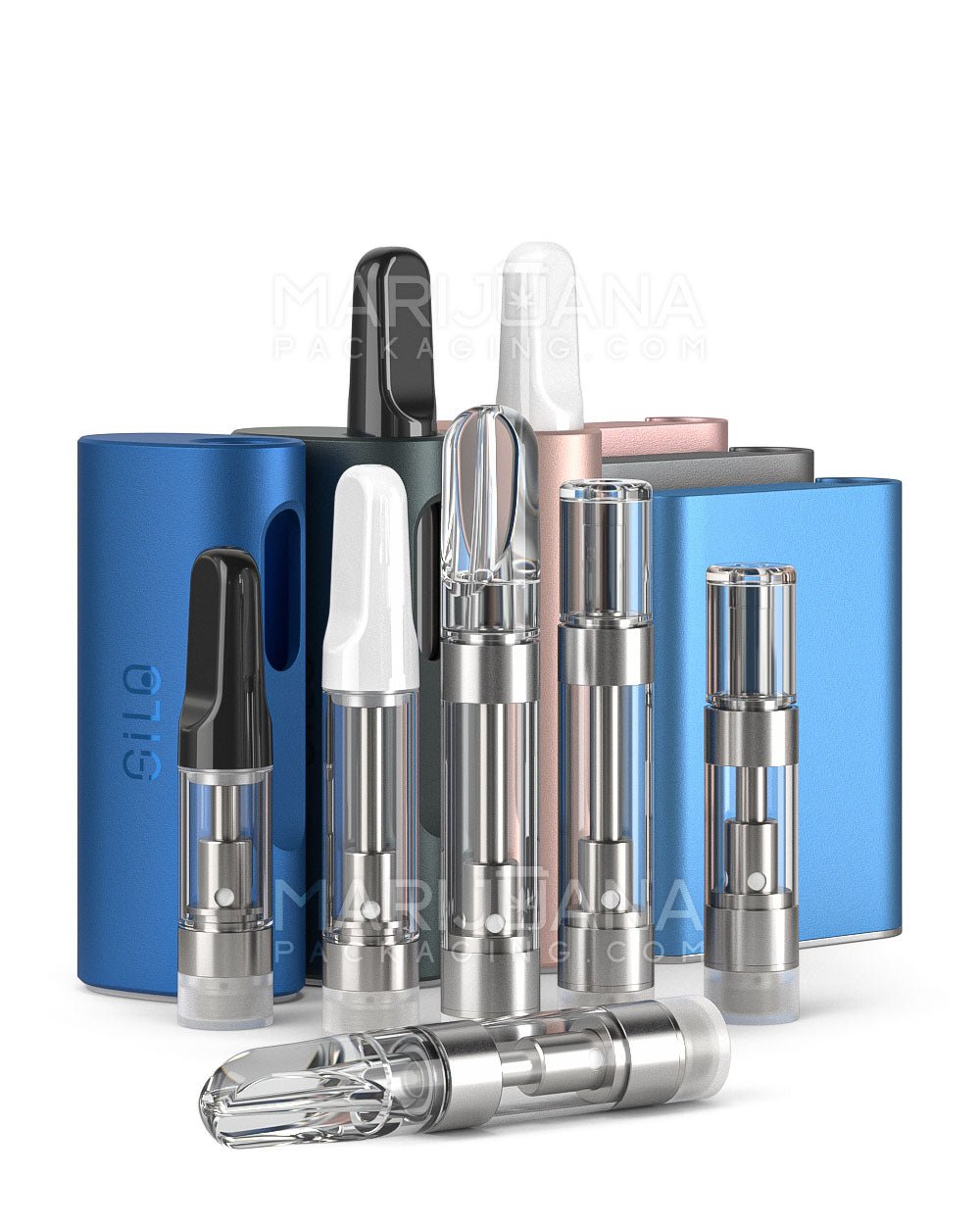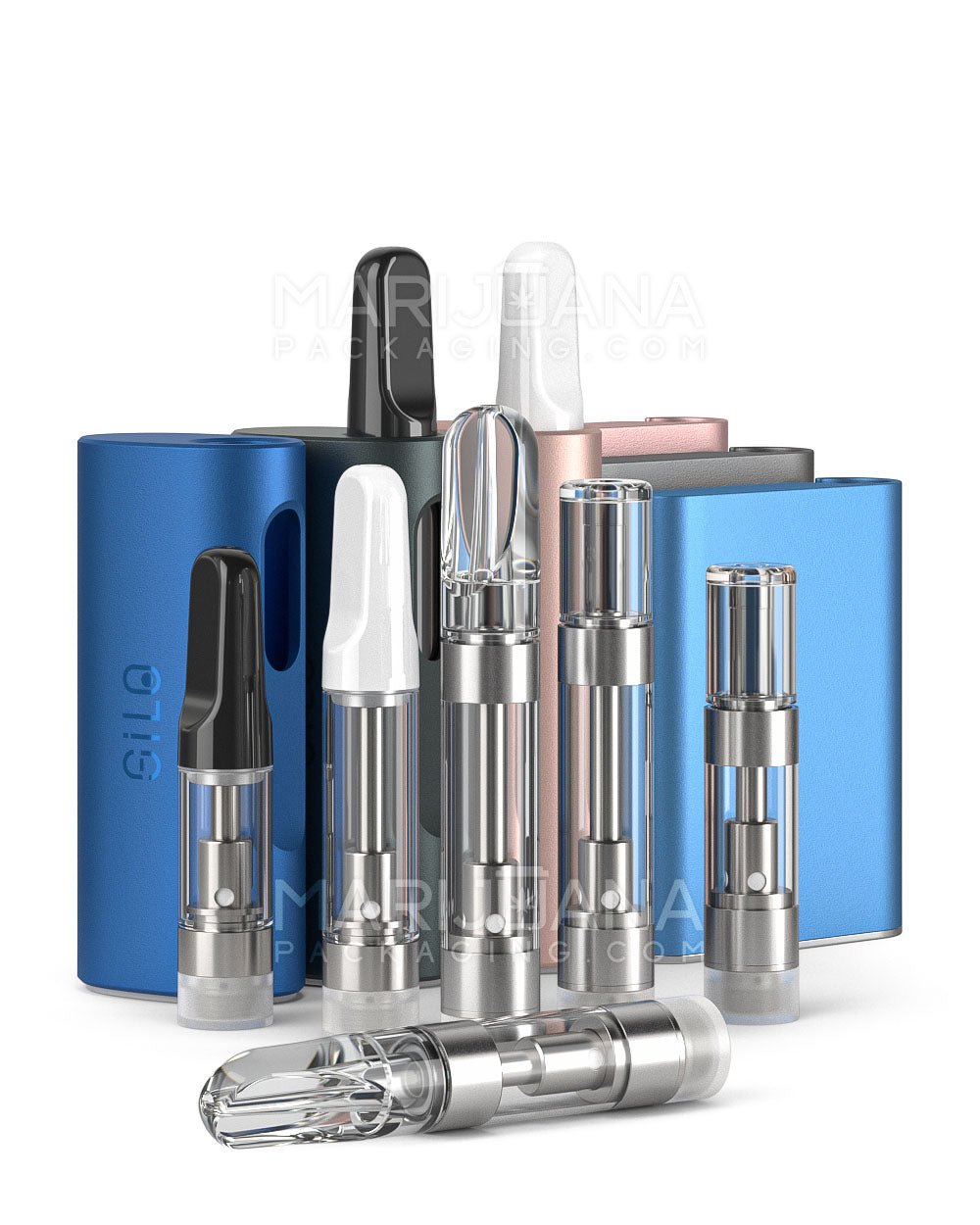Defoliating marijuana may sound like a complex chore, but it’s a practice that can really boost your plant’s health and yield. Imagine it as a little haircut for your plant, helping it to breathe better, soak up the sun, and focus its energy on growing those lovely buds we all cherish.
In this article, we'll go through everything you need to know about defoliating marijuana. From when and why you should do it, to a step-by-step guide on how to do it safely, this guide has got you covered. Let’s jump in and get those plants thriving!
Why Defoliate Marijuana?
Before you grab your scissors, let’s chat about why defoliation is a good idea. The main reason growers defoliate is to improve light penetration and airflow. When you remove some of the fan leaves, it allows more light to hit the lower buds and improves air circulation, leading to a healthier plant. Good airflow helps reduce the chance of mold and pest issues, which can be a real buzzkill.
Additionally, defoliation can help the plant focus its energy on producing buds rather than maintaining a jungle of leaves. It’s like your plant’s way of going on a diet, shedding unnecessary weight to become a lean, mean, bud-producing machine.
Remember, defoliation isn’t about going overboard. It’s about finding a balance. You want to remove enough leaves to give your plant the benefits of light and air, but not so much that it struggles to photosynthesize.
When to Defoliate
Timing is everything with defoliation. The best times to defoliate are during the vegetative stage and about two weeks into the flowering stage. These periods are when your plant is actively growing and can handle the stress of losing some leaves without skipping a beat.
During the vegetative stage, you can start defoliating when your plant has a decent amount of foliage. A good rule of thumb is to wait until it has at least five nodes, which are the points where the leaves join the stem. This ensures that the plant is mature enough to handle the process.
When your plant switches to the flowering stage, it’s time to think about defoliating again. About two weeks in, your plant will be in full swing, and removing some leaves can help those buds develop nice and big. Just be sure not to defoliate too late into the flowering stage, as this can stress the plant and hinder bud development.
Tools You’ll Need
Like any good task, defoliation requires the right tools. Here’s what you’ll need to get started:
- Sharp scissors or pruning shears: Keep them clean and sharp to make precise cuts and prevent damage to the plant.
- Sanitizing solution: Use this to sterilize your tools before and after defoliating to avoid spreading diseases.
- Gloves: Protect your hands from sticky resin and potential plant irritation.
- Trash bag or container: For collecting removed leaves and keeping your space tidy.
Having the right tools ready will make the process smoother and more efficient. Plus, using sanitized tools helps keep your plants healthy and free from unwanted infections.
Step-by-Step Guide to Defoliation
Ready to get started? Here’s a step-by-step guide to defoliating your marijuana plants:
- Inspect your plant: Take a good look at your plant to identify which leaves to remove. Focus on the larger fan leaves that are blocking light or airflow.
- Sanitize your tools: Use your sanitizing solution to clean your scissors or shears. This is an important step to prevent spreading diseases between plants.
- Start with the bottom: Begin by removing leaves from the bottom of the plant. These are often shaded and don’t contribute much to photosynthesis.
- Move to the top: Carefully trim away large fan leaves from the top that are casting shadows on the lower buds.
- Check for pests or disease: As you defoliate, keep an eye out for signs of pests or disease. Early detection can help you manage these issues before they become a bigger problem.
- Don’t overdo it: Remember, less is more. Aim to remove no more than 20-30% of the plant’s foliage at any one time.
- Dispose of leaves: Collect and dispose of the removed leaves to maintain a clean growing environment.
After defoliating, give your plant some time to recover. It might look a bit sparse at first, but it’ll bounce back with new growth in no time.
Common Mistakes and How to Avoid Them
Defoliation can be a bit like walking a tightrope, and it’s easy to slip up. Here are some common mistakes to watch out for:
- Over-defoliating: It’s tempting to go overboard, but removing too many leaves can stress your plant and stunt its growth. Always err on the side of caution.
- Defoliating too late: Once your plant is deep into the flowering stage, it’s best to leave it be. Late defoliation can cause stress and reduce yields.
- Ignoring sanitation: Dirty tools can spread diseases between plants, so always sanitize your tools before and after use.
- Not observing your plant: Each plant is unique, so take the time to understand its specific needs and defoliation response.
By being mindful of these pitfalls, you can defoliate with confidence and help your plants to thrive.
Aftercare for Your Plants
Once you’ve finished defoliating, it’s important to give your plant some TLC. Here are some aftercare tips to keep your plant healthy and happy:
- Watering: Make sure your plant is well-hydrated, as this will help it recover quicker. Just be careful not to overwater.
- Nutrients: After defoliation, your plant might need a little boost. Consider giving it a balanced nutrient feed to support new growth.
- Monitor: Keep a close eye on your plant in the days following defoliation. Look out for any signs of stress or pest issues.
- Environment: Ensure your growing environment has good airflow and the right humidity to help your plant bounce back.
With the right care, your plant will soon be back to its bushy self, ready to produce a bountiful harvest.
Defoliation in Outdoor vs. Indoor Grows
Defoliation techniques can vary depending on whether you're growing your plants indoors or outdoors. Let’s break it down:
Indoor Grows
Indoor growers often have more control over their environment, which can make defoliation a bit easier. The controlled setting allows for precise light management, so defoliating can be particularly beneficial. By strategically removing leaves, you can maximize light exposure to lower parts of the plant, enhancing overall growth.
Outdoor Grows
For outdoor growers, defoliation requires a bit more finesse. Since the sun is the primary light source, it’s crucial to ensure that plants receive even light distribution throughout the day. Be mindful of the weather conditions, as outdoor plants are exposed to more environmental stressors, which can affect how much and how often you should defoliate.
Ultimately, the principles of defoliation remain the same, but the execution might need to be adjusted based on your growing environment. Both indoor and outdoor growers can benefit from healthier, more productive plants with careful defoliation.
Balancing Defoliation with Other Techniques
Defoliation is just one tool in a grower’s toolkit. It’s important to balance it with other techniques to get the best results. Here are a few to consider:
- Topping: This involves cutting the top of the plant to encourage bushier growth. Combined with defoliation, it can help create a more even canopy.
- Low-Stress Training (LST): Gently bending and tying down branches can improve light exposure without stressing the plant.
- Pruning: In addition to defoliation, pruning can help remove dead or unproductive branches, further improving air circulation.
Each plant is unique, so finding the right balance of techniques will depend on your specific growing conditions and goals. Experimenting and observing your plants’ responses is key to learning what works best for you.
Defoliation Myths Busted
There are plenty of myths surrounding defoliation, and it’s time to set the record straight. Here are a few common ones:
- Myth: Defoliation always increases yields: While defoliation can improve yields, it’s not a guaranteed outcome. It’s just one part of the equation, and other factors like genetics and growing conditions play a significant role.
- Myth: Any leaf can be removed: Not all leaves are equal. Fan leaves are prime targets for defoliation, but sugar leaves should generally be left alone as they contribute to bud development.
- Myth: It’s a one-time task: Defoliation is an ongoing process. Plants will continue to grow new leaves, so regular maintenance is necessary.
By understanding the truth behind these myths, you can make informed decisions about when and how to defoliate your plants.
Final Thoughts
Defoliating marijuana can be a game-changer in your cultivation journey. By improving light penetration and airflow, your plants can thrive and produce higher yields. Just remember, moderation is key! Keep an eye on your plants’ needs and be gentle with your approach.
Looking to make your cannabis products shine? Gamut offers a full spectrum of packaging options that can help your brand stand out. Whether you need jars, bags, or custom designs, Gamut covers the entire spectrum of packaging solutions to meet your needs. From design to delivery, Gamut is there to make your brand unforgettable in any market.







